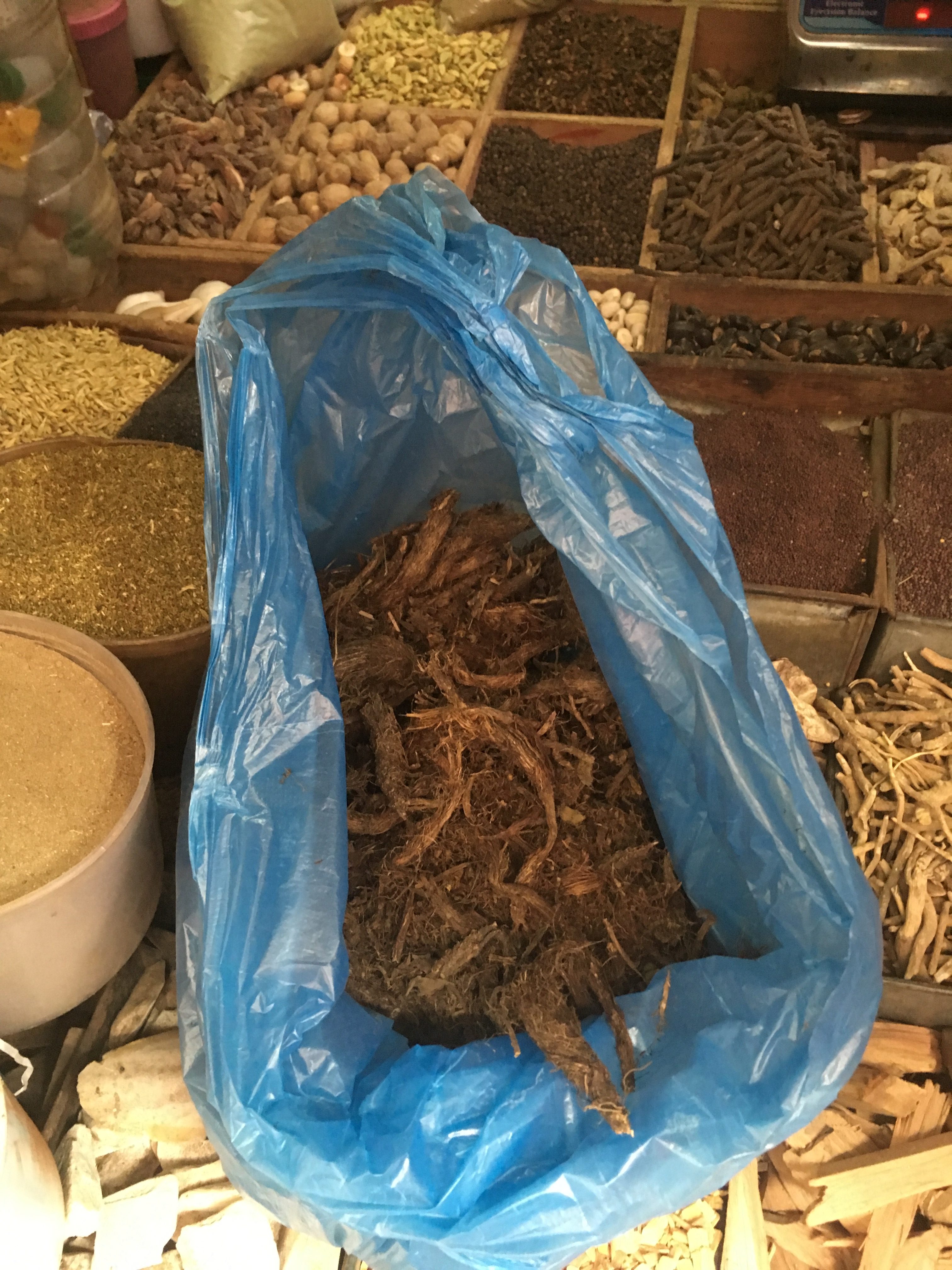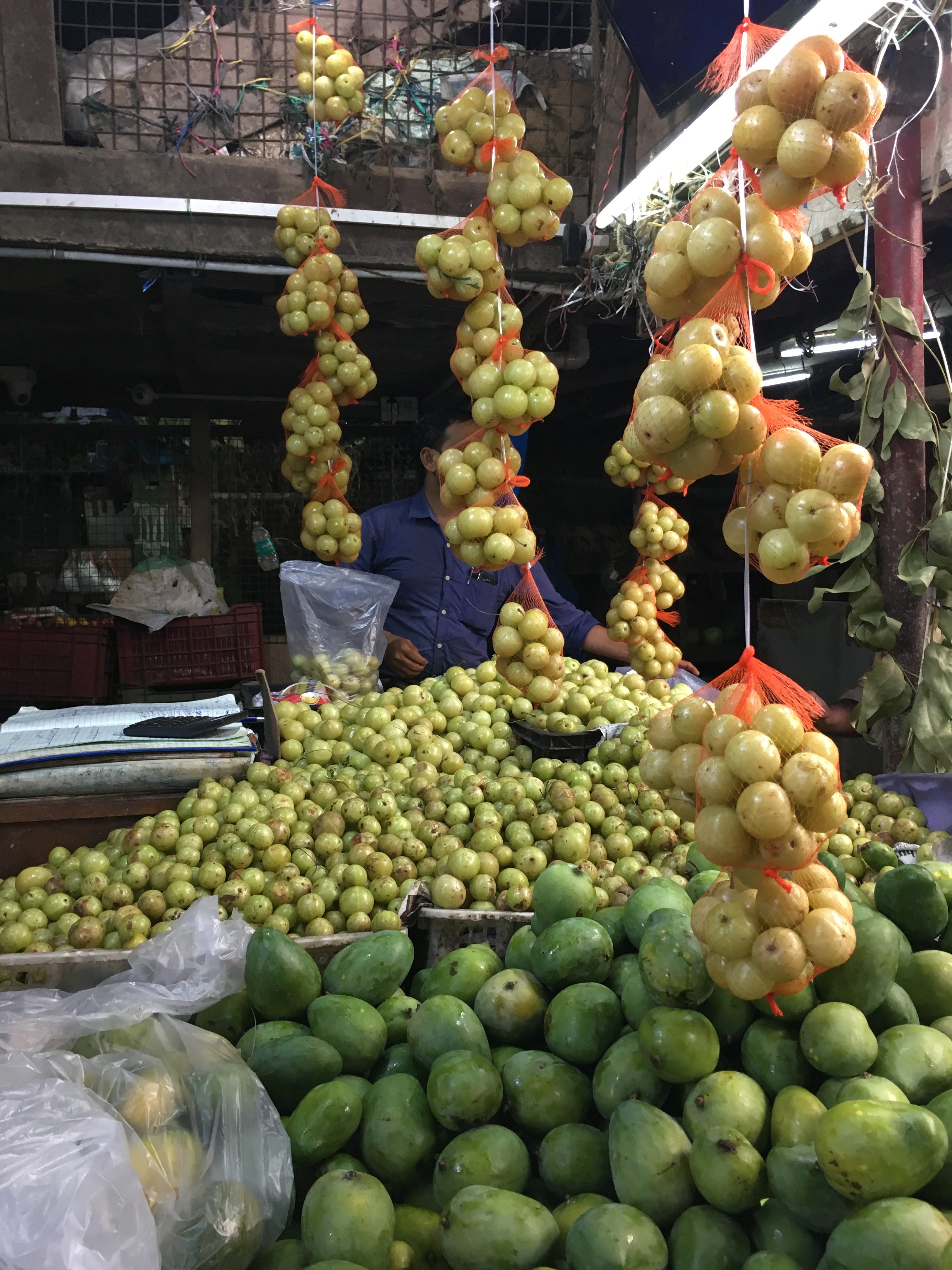Title:Botanical Name:Artemisia indica, Titepati(Nepal)
Purpose:
Target:-
Web diary:
uploaded by Arya K.C. at FB 2018 August 10
link from nepherb
Title:Botanical Name:Artemisia indica, Titepati(Nepal)
Purpose:
Target:-
Web diary:
uploaded by Arya K.C. at FB 2018 August 10
link from nepherb
Title:Botanical Name:Cordyceps Sinesis, Yarshyagumba/Yarchagumba(Nepal)
Purpose:
Rare species of plant widely used both in clinical medicine and as a household remedy. Cordyceps or Yarsagumba or Yarchagumba is also considered potent at strengthening lung and kidneys, increasing energy and vitality, stopping hemorrhage, decreasing phlegm.It consumes lot of vitamin as well
Target:-
Web diary:
TRADITIONALLY IN NEPAL:
-Old tradition boil with water and drink it as a tea
-Put in alchohol home made and dissolve for some day and then drink too
-Relieves pain in the body
-To eat as a medicine putting inside duck or chicken stomach then boiling in hohot water cooked meat eating is done
NOW:
Used in milk and drink.Whole plant juice is taken as tonic.Largely recognized as inducing sexual power and validity
 Title:Botanical Name:Nardostachys, Jatamashi(Nepal)
Title:Botanical Name:Nardostachys, Jatamashi(Nepal)
Purpose:Nard oil is used as a perfume, an incense, a sedative, and a herbal medicine said to fight insomnia, birth difficulties, and other minor ailments.
convulsions,digestive diseases,epilepsy,flatulence,gastric disorders,heart,palpitations,jaundice,kidney stones,respiratory diseases,skin conditions,typhoid,seminal debility
Target:-
Web diary:
uploaded by Arya K.C. at FB 2017.12.15.
-It is also considered as a protein energy giver
The essential oil from spikenard is famous as essence of nard in New Testament (Marco 14:3). The smell of this oil tend to ease one’s body and soul. Dried root are famous as Kansho(甘松)or Kanshoko(甘松香)of its effect to ease pain of stomach especially from the nerve one in traditional Chinese and Japanese medicine.
uploaded by Natsu August 31 2018
Title:Botanical Name:Acorus calamus ,Bojho(Nepal)
Purpose:It is valued as a rejuvenator for the brain and nervous system, and as a remedy for digestive disorders.
It is used as an analgesic for the relief of toothache or headache, to cure /prevent a hangover, to treat a cough, as a carminative for colic, to treat diabetes, to reduce bowel pains, to lessen swelling and for constipation, to cure fevers, for asthma and bronchitis, and as sedative. It exhibited a good anti-fungal activity as well.
Target:-
Web diary:
The roots have a sweet fragrance.Some people chew calamus to remove the smell of tobacco, as a stimulant, to increase their sense of well-being, and as a hallucinogen.Some people apply calamus directly to the skin to treat certain skin diseases.In foods, calamus is used as a spice. (they have been used to flavor candy) and the leaves smell similar to lemon.
uploaded by Arya K.C. at FB 2017.12.23
Picture uploaded from the web:link:ayurvedanepa
Title:Botanical Name:Aconitum spicatum (Ranunculaceae),Lali Guras(Nepal)
Purpose:Flowers are used in body ache and throat pain.Roots are also used.taken alone is poisonous, so it is never used alone by the local communities. A paste made from its roots is applied as antipyretic and analgesic after mixing with Terminalia chebula (Combretaceae)
Target:-
Web diary:
Rhododendron is the National flower as well of Nepal. Some used to make herbal tea as well.
uploaded by Arya K.C. at FB 2017.02.02
Picture uploaded from the web:link:botanic stories
 Title:Botanical Name:Phyllanthus, Amala(Nepal)
Title:Botanical Name:Phyllanthus, Amala(Nepal)
Purpose:Used in case as a rasayana (rejuvenative) to promote longevity, and traditionally to enhance digestion (dipanapachana), treat constipation (anuloma), reduce fever (jvaraghna), purify the blood (raktaprasadana), reduce cough (kasahara), alleviate asthma (svasahara), strengthen the heart (hrdaya), benefit the eyes (chakshushya), stimulate hair growth (romasanjana), enliven the body (jivaniya), and enhance intellect
Target:-
Web diary:
Goosebery is usually used in our foods,curry,momo,and also as a pickle
uploaded by Arya K.C. at FB 2017.12.30
In Cambodia(Data collected by Masha)Uploaded by Arya
We can find it everywhere in Cambodia.It helps for intenstinal tract,painful eyes,malair,fever,inflammation of the urinary tract.It helps the skin and flesh.Its root treat for fever and dengue
How to use:
Try to dry up for planting to heal the cough.
Its fruit can be eaten.It is sweet,taste,sour.Their shells are soaked drenched colored to treat humans or animals for drinking
Other function:
Mix the mixture with salt and apply on the skin or mouth(for mouthwash)
SOME PRODUCT WE MAKE USING GOOSEBERRY
JAM
SNACKS
POWDER
Title:Botanical Name: Zanthoxylum, Timur(Nepal)
Purpose:
Timur is used in curing various common ailments such as toothache, common cold, cough, and fever, as it is believed to give warmth to the body. To cure toothache, a fresh or dry fruit is pressed over the affected tooth and is kept in position till it loses its pungency. Young shoots of timur are used as toothbrushes. Recently people have also started to use powder made from the dried fruit for cleaning teeth. Common stomach complaints are treated with timur soup. The Bhotiya community also brew liquor from timur, but the resulting liquor is palatable only to those highly addicted. Most members of the community consider the tree to have religious significance and magical properties. Walking sticks are made out of its branches. In recent times however, the use of timur in alcohol, as a spice and as a leech repellent appears to have declined
Target:-
Web diary:
Timur is usually used in our hot popular food momo along, with thukpa, chow mein, chicken chilli, and other meat dishes also as a pickle
uploaded by Arya K.C. at 2018.08.09
Important point:Timur is available but the strongest aromas of Timur is the best ones considered in Nepal
Picture uploaded from the web link:taste of nepal
Title:Botanical Name:Neopicrorhiza Scrophularifolia, Kutki(Nepal)
Purpose:
In case of stomachache,heavy fever,used when ever scorpion or snake bite,people suffering from skin disease it is considered as a preventive measure,also in case of leprosy it is used and other too
We usually use the stem or branch and of this herb along with the under mud root not all but half so that it can again grow-up. Collected are properly cleaned and dried in the sun
Target:-
Web diary:
Kutki is usually used in our foods,curry,momo,and also as a pickle
uploaded by Arya K.C. at FB 2018.08.07
In Japan, there is no Kutki, so we had used Senburi(千振)Swertia japonica instead of Kutki.
Senburi is very, very, bitter taste. Use as stomachic or cure internal disorders. We use dried whole grass, except roots as medical tea.
add by Natsu 2018.08.09
Picture uploaded from the web:link:eson.org.np
Morinda citrifolia (ញធំ ឬ ញស្រុក)
Purpose: Morinda citrifolia use to treat fever, dysentery, Abscess, cough and Neuralgia.
For fever and dysentery use dried leaf to boil and drink.
For Abscess pounding fresh leaf apply on skin.
Coughing and Neuralgia eat fruit with salt.
Target:
Reserch Request:
Web diary: The leaf popular cook as vegetable with Amok (popular food in Cambodia), it bitter taste. Young fruit eat with fish paste and chili. The ripe fruit make juice, it’s good for health.
(Upload by Chhim Chhouden 2018 0805 at FB)